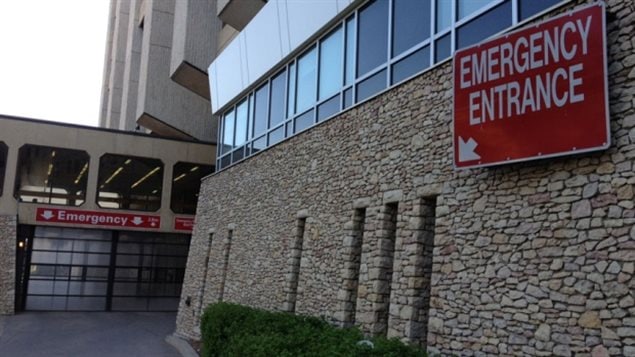It’s the first study of its kind, and it shows surprising results.
You might think that people who suffer a stroke while in hospital would be in the best position for treatment, but, they may not be the case.
Surprising new research shows that if you suffer a stroke and are brought in to the hospital, you have a better chance of recovery than do people who are already in the hospital for other health reasons.
A stroke is more commonly caused by an interruption of blood supply to the brain. Technically it’s known as ischemic stroke, or bleeding into or around the brain due to a ruptured artery It’s well known that the sooner you get treatment when the first symptoms occur, the better the chance of recovery.
The study showed that even after taking into account underlying risks such as heart disease, diabetes, and high blood pressure, there was a 1.6 percent greater risk of dying or being disabled after a stroke for patients already in hospital, when compared to those arriving at the emergency department from the community.
Dr. Alexandra Saltman is an internal medicine resident at the University of Toronto. She and her team studied over 1,000 in-hospital stroke situations and over 32,000 community-onset strokes.
What the team found is that stroke patients brought to the hospital waited on average 1.3 hours before they had a CT brain scan, while patients already in the hospital for other reasons waited on average 4.5 hours.
They also found 19 percent of arrivals received clot-dissolving drugs within 1.1 hours, compared with 12 percent for the in-hospital group which in addition, had to wait twice as long for the drugs. Clot dissolving drugs are best used before 90 minutes.
Dr Saltman qualified the research however, saying there may be additional factors for the higher death and disabling ratio for in-hospital stroke patients.
Because they are already in hospital, such patients may be more frail, and as such, do more poorly in recovery.
She also notes that community patients arrive to a waiting medical team alerted to the stroke patient and with clear procedures to follow whereas staff on wards are not really looking for stroke symptoms in their patients with other medical problems, which may delay recognition time.
In some cases of in-hospital patients, clot-dissolving medication to unblock arteries may worsen the pre-existing condition and actually kill them.
Dr Saltman says that for hospitalized patients, or their family members, sudden weakness on one side in an arm, leg or both, facial droops, changes in vision and speech and a sudden severe headache “are all reasons that you should call the nurse and get the nurse to call the doctor right away”.
In all cases people with an ischemic stroke should get treatment within 4½ hours of first noticing stroke symptoms for the best chance of recovery.







For reasons beyond our control, and for an undetermined period of time, our comment section is now closed. However, our social networks remain open to your contributions.